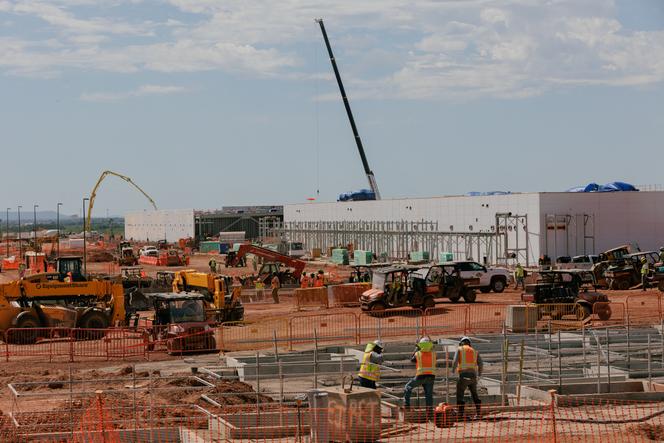

Since parting ways with Donald Trump, Elon Musk has returned to his brand of futuristic messianism, aiming to conquer Mars and advance xAI, his artificial intelligence company. In 2024, the multi-entrepreneur built a supercomputer named "Colossus" in Memphis, Tennessee, to train his Grok model. The project required $6 billion in investment, 350,000 state-of-the-art GPU chips and 260 megawatts of power – the equivalent of a quarter of a nuclear reactor. And this was just the beginning. "Just as we will be the first to bring a Gigawatt of coherent training compute online, we will also be the first to 10GW, 100GW, 1TW, ..." posted the world's richest man on X on September 22.
The power involved is staggering – one terawatt equals 1,000 nuclear reactors. But it would be a mistake to scoff, as the United States has entered a frenzy of energy consumption. On September 22, microprocessor giant Nvidia and OpenAI, the company behind ChatGPT, announced plans to invest $100 billion to build data centers consuming 10 gigawatt-hours – the equivalent of 10 nuclear power plants. "This is the biggest AI infrastructure project in history," said Nvidia's CEO Jensen Huang that day.

Unless an energy-saving revolution occurs, AI is shaping up to be a true black hole for electricity. For Musk, this is of little concern, as he considers energy to be an inexhaustible resource thanks to solar power with batteries. "Earth already receives about the same energy from the Sun in an hour than humanity consumes in a year," he wrote, adding, "Solar power is so obviously the future for anyone who can do elementary math."
You have 68.97% of this article left to read. The rest is for subscribers only.
